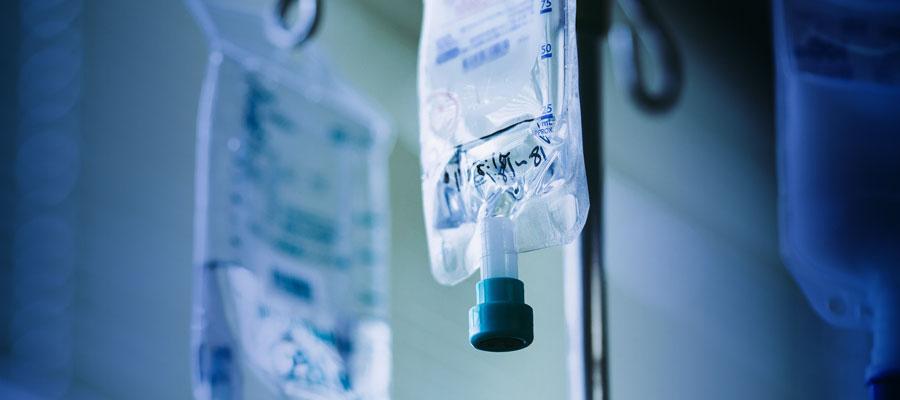Survey: Drug shortages cost hospitals $360M annually

Hospitals spend close to $360 million each year to manage drug shortages, according to a study released this week by Vizient Inc. The survey found that U.S. hospitals, on average, dedicate more than 8.6 million additional labor hours to handle the shortages, putting a strain on staff inside and outside of hospital pharmacies. All of the 365 responding facilities said they experienced shortages in the second half of 2018, with the most common deficiencies controlled substances, local anesthetics, antibiotics, electrolytes and emergency injectables.
Related News Articles
Headline
The AHA June 7 submitted comments on a discussion draft of the Drug Shortage Prevention and Mitigation Act, bipartisan legislation proposing to provide…
Blog
The inability of many patients to obtain needed drug therapies due to either high prices or shortages has negatively affected patient outcomes.1 Nearly 30% of…
Headline
ASHP tracked a record 323 active drug shortages during the first quarter of 2024, surpassing the previous record of 320 shortages in 2014.“Some of the most…
Headline
The Department of Health and Human Services April 2 released a white paper proposing policy solutions for Congress and others to prevent drug shortages and…
Headline
In a statement submitted to the House Ways and Means Committee for a hearing Feb. 6 on chronic drug shortages, AHA recommended Congress enact legislation to…
Headline
Reps. Doris Matsui, D-Calif., and Larry Bucshon, R-Ind., Jan. 12 introduced a House version of the Mapping America’s Pharmaceutical Supply Act, legislation…

